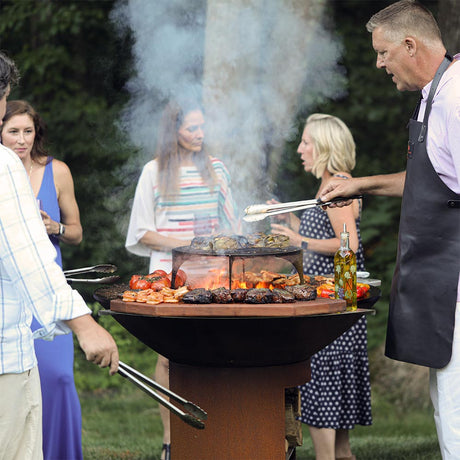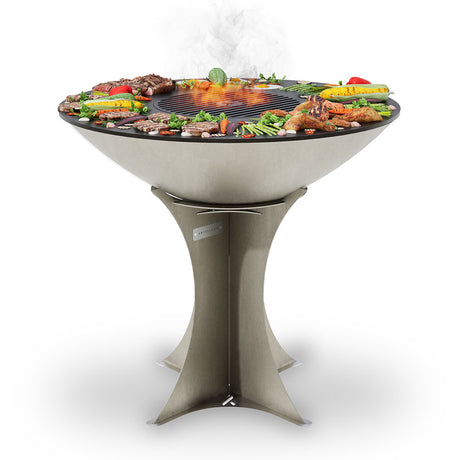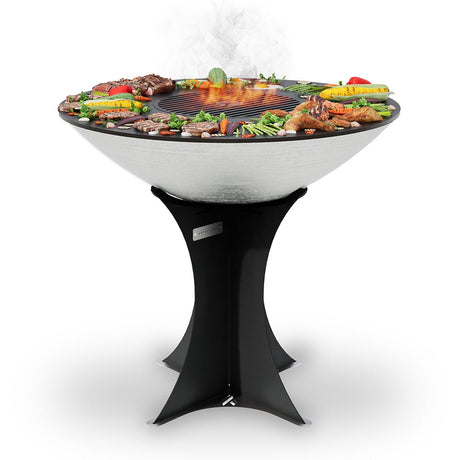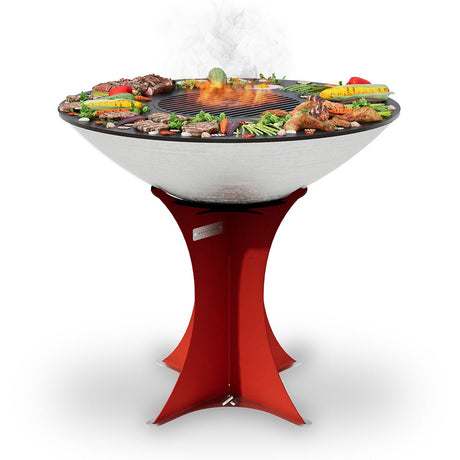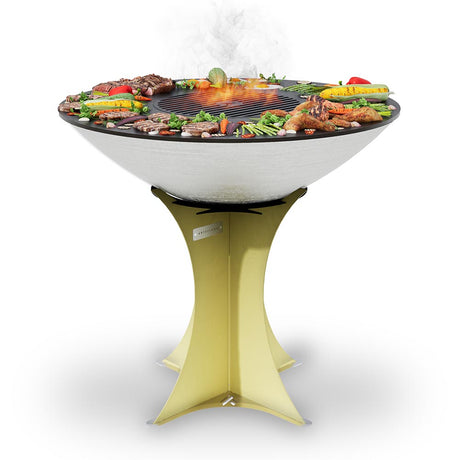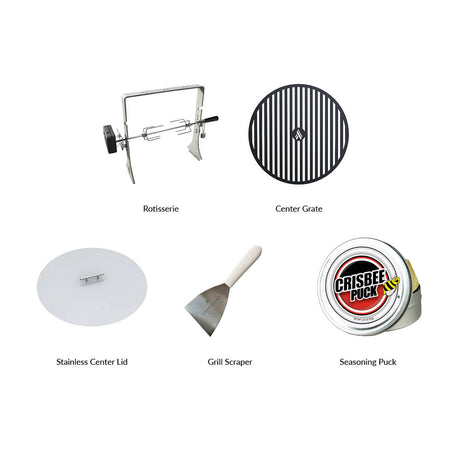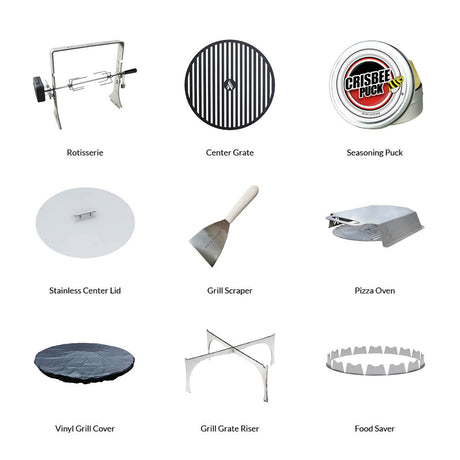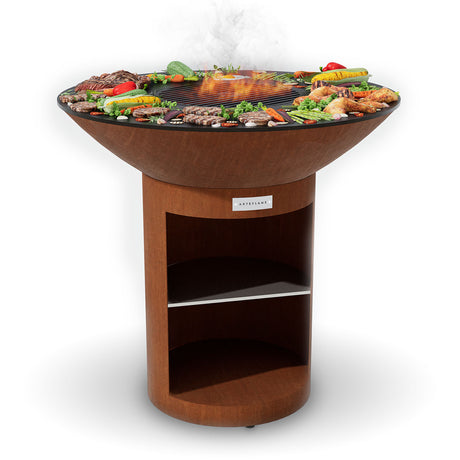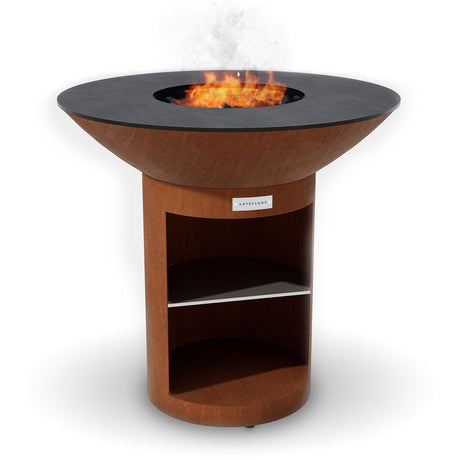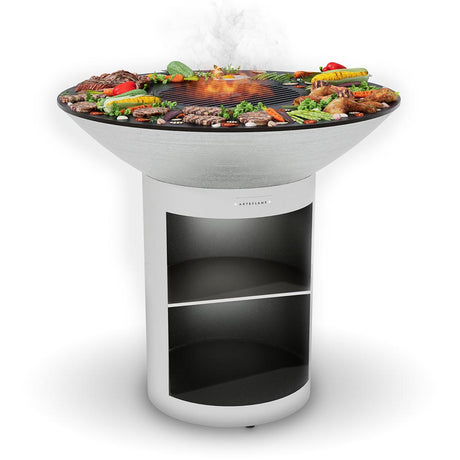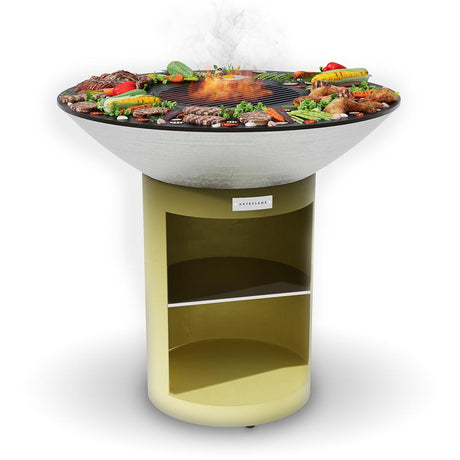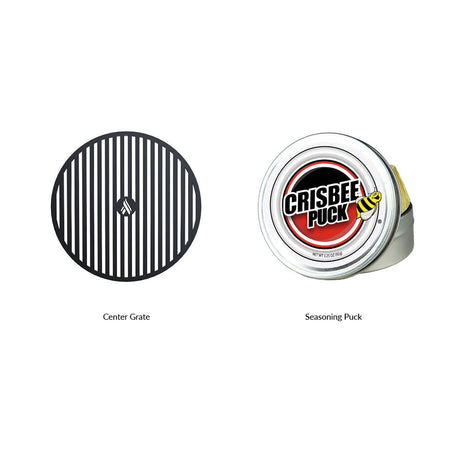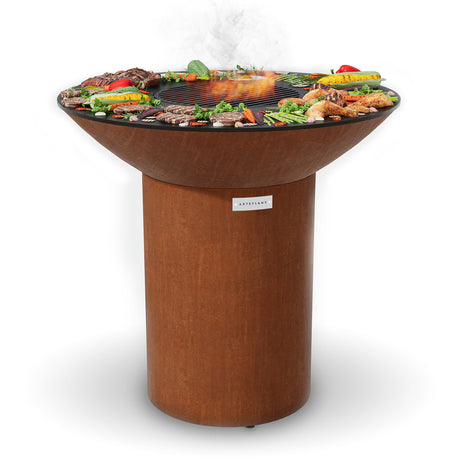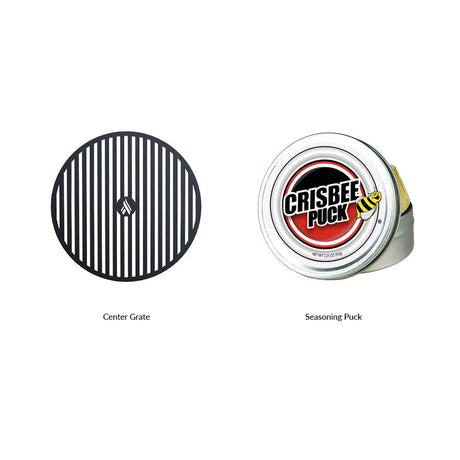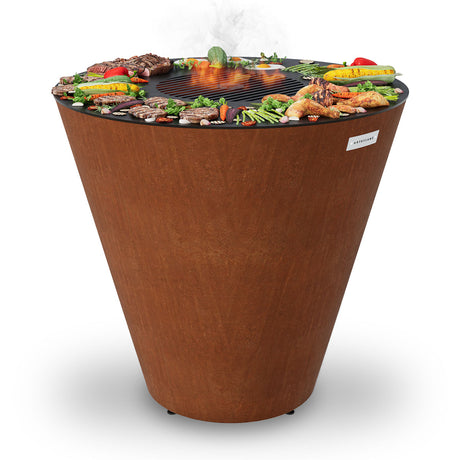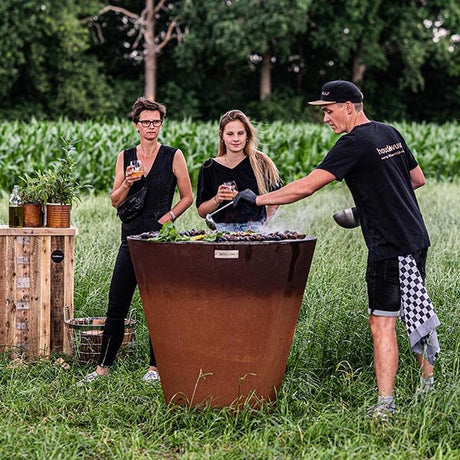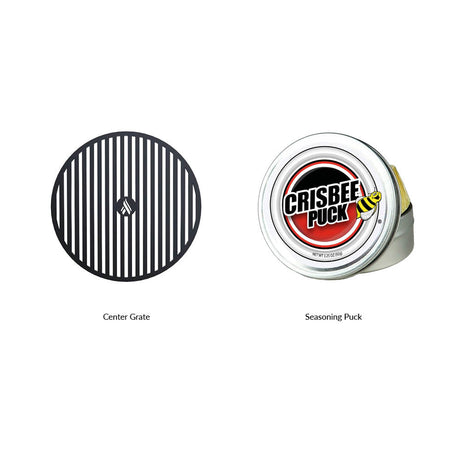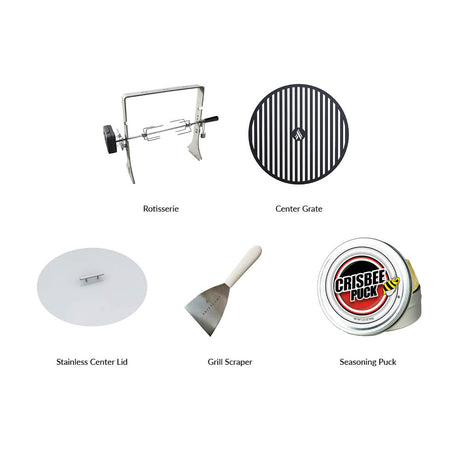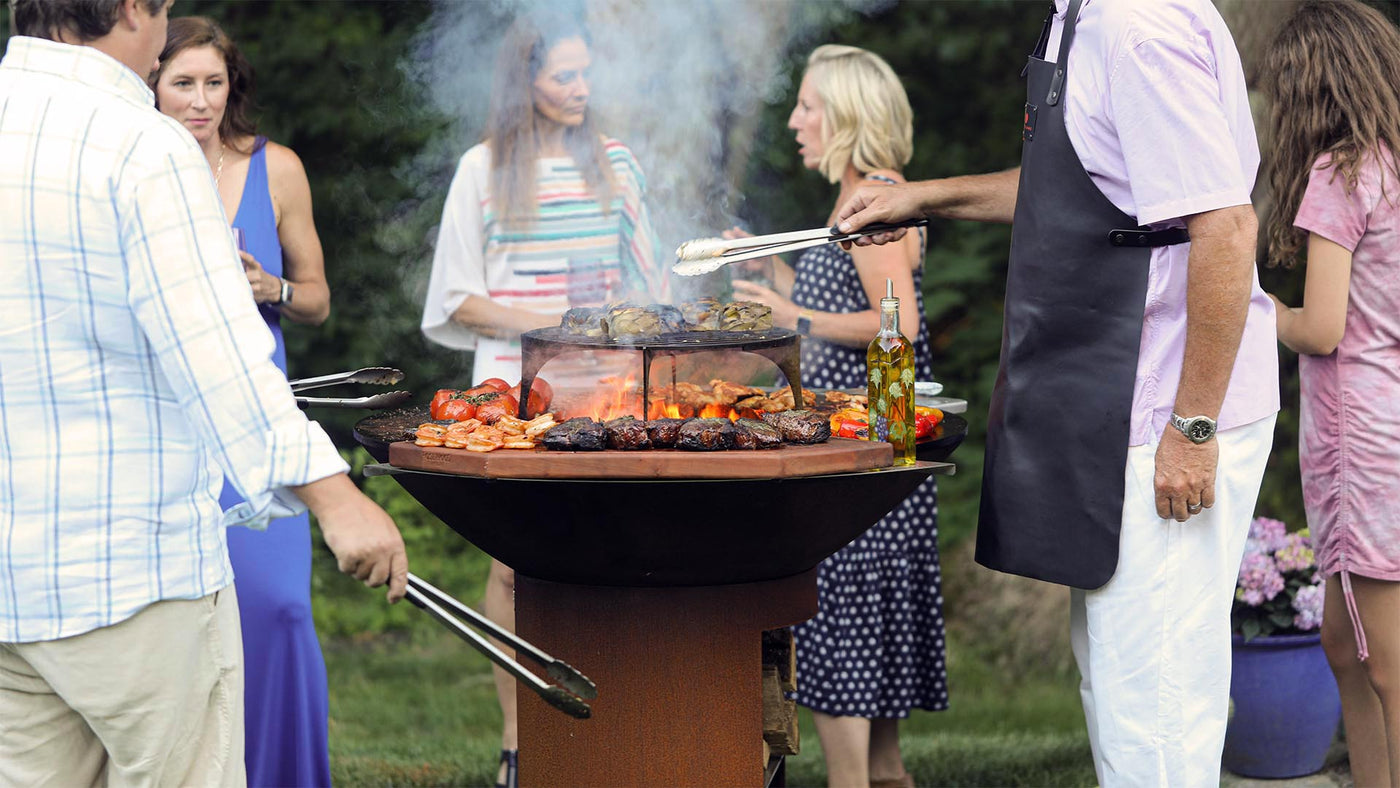Grilling chicken is a staple of backyard barbecues and weeknight dinners, but it’s easy to end up with dry, overcooked meat if you’re not careful. The secret to juicy, flavorful chicken is mastering the timing and temperature. Removing the chicken from the grill early and letting it rest to reach the perfect internal temperature ensures that every bite is tender and delicious.
Here’s how to grill juicy chicken by avoiding overcooking and taking full advantage of resting.
1. The Problem with Overcooking Chicken
Chicken is a lean protein, which means it lacks the fat content that helps other meats like beef stay juicy even when cooked longer.
- At High Temperatures: Chicken can go from perfectly cooked to dry and stringy in a matter of minutes.
- Overcooked Chicken: Proteins tighten and expel moisture, leaving you with dry, flavorless meat.
Goal: Cook chicken to a safe internal temperature of 165°F, but no higher.




